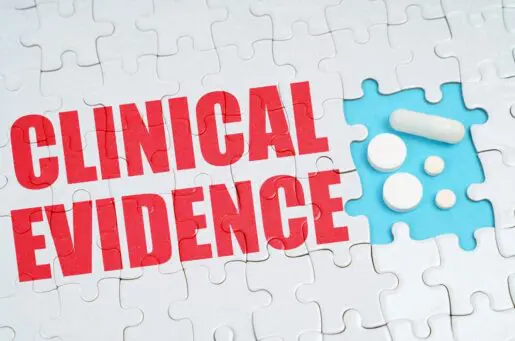Bioethics Forum Essay
Human Gene Editing Report: Moving Forward Incrementally
There are no bombshells in the just-released report from the National Academy of Sciences, Engineering and Medicine on human gene editing; just quite a lot of careful, thoughtful analysis. The closest thing to a bombshell is the report’s position that, in principle, heritable genetic modifications could be acceptable someday, sometimes, but the report immediately goes on to say that we’re not there yet and that many conditions would have to be met before a clinical trial of a heritable modification could be initiated. In the Q&A at the official roll-out of the report, committee member Jeffrey Kahn rejected the idea that the report had “opened the door” to heritable genetic modification. “It’s more like a knock on the door. The door is not open yet…. We will have a conversation before it will go forward.”
It’s the conversation that really interests me. The NASEM report is plop in the middle of a national and indeed a global inquiry into how genetic science can let us tweak the world—human beings, human nature more generally, other organisms, ecosystems, the biosphere at large. What are the terms of that inquiry?
That same question confronted a NASEM committee that I was part of last year. In June, that committee issued a report on research into gene drives, a genetic process that can be created in the laboratory and could in principle be used to modify populations of some kinds of sexually reproducing organisms (but not populations of humans, as it turns out). I think the gene drives committee made three big points about the structure of the inquiry into gene drives, and I think I see analogous points in the NASEM report on human genetic engineering.
The first point is that science policy should not be science-based—if by “science-based” we mean that it should be based on facts rather than values. More precisely, science policy should be science-based in the sense that it should be based on real scientific evidence rather than on alternative facts of some kind, but it must at the same time be based on values. This is asserted by the very name of the report: Human Genome Editing: Science, Ethics, and Governance, and it’s implicit in Kahn’s image of holding a conversation about whether to open the door to heritable genetic modification.
Second, that conversation should not be designed to shut down some kinds of values claims. It is designed instead to be open to a broad range of values—and this differentiates the NASEM human gene editing report from some past reports on gene editing. The 1982 report Splicing Life, for example, tended to be dismissive of concerns about human intervention into nature; it characterized them as concerns about “playing god” and suggested that they were philosophically confused. By contrast, the just-released NASEM report calls for public engagement processes that would allow the public to set out and explore the values that people care about; philosophical objections to those values can be put on the table, too, but the philosophical objections are not given priority over the public values. Arguably, the report kicked the can down the road: as my colleague Erik Parens said in a conversation about the report, “An ungenerous reading is that they don’t know what to do about broader and longer-term social effects, so they’ll turn those questions over to ‘the public.’ A more generous reading is that they’re acknowledging that there are broad and long-term social concerns worthy of debate.”
Third, science policy should be cautious. In the NASEM gene drive report, this recommendation seems to me to have amounted to endorsing a precautionary stance toward gene drives, as long as taking precautions doesn’t mean the same thing as stopping the science in its tracks. The precautionary measures that the gene drive report called for were attention to values questions, risk assessment studies, opportunities for public input about the merits of a gene drive, and adherence to a phased pathway that breaks the research into steps and lets scientists and others study the possible harms and revise the gene drive so as to avoid them. Precaution means trying to make sure that all the questions are on the table and that we move forward through them incrementally and carefully.
Similarly, in the roll-out of the NASEM report, committee co-chair Alta Charo said that the committee concluded that “caution is needed, but being cautious does not mean prohibition.” The report sets out a long and fairly stringent list of conditions for research on heritable genetic modifications, and the list is roughly analogous to the conditions identified in the gene drive report. It includes lots of scientific study and oversight and “continued reassessment of both health and societal benefits and risks, with broad on-going participation and input by the public.” Or as Jeff Kahn put it, we’ll have a conversation before it will go forward.
The trick, of course, is to make that conversation real. My worry is that we’ll have a thin, unproductive airing of opinions that shouldn’t really count as the conversation that the report appears to call for, but that we’ll count it as a conversation anyway. In the current political climate, it seems a wan hope that any conversation involving science and values can get off the ground. Or, maybe, topics like this, which engage everybody and which do not obviously correlate with the usual political polarities, can actually help us figure out how to talk collectively about values again.
Gregory E. Kaebnick is a research scholar and editor of the Hastings Center Report.













